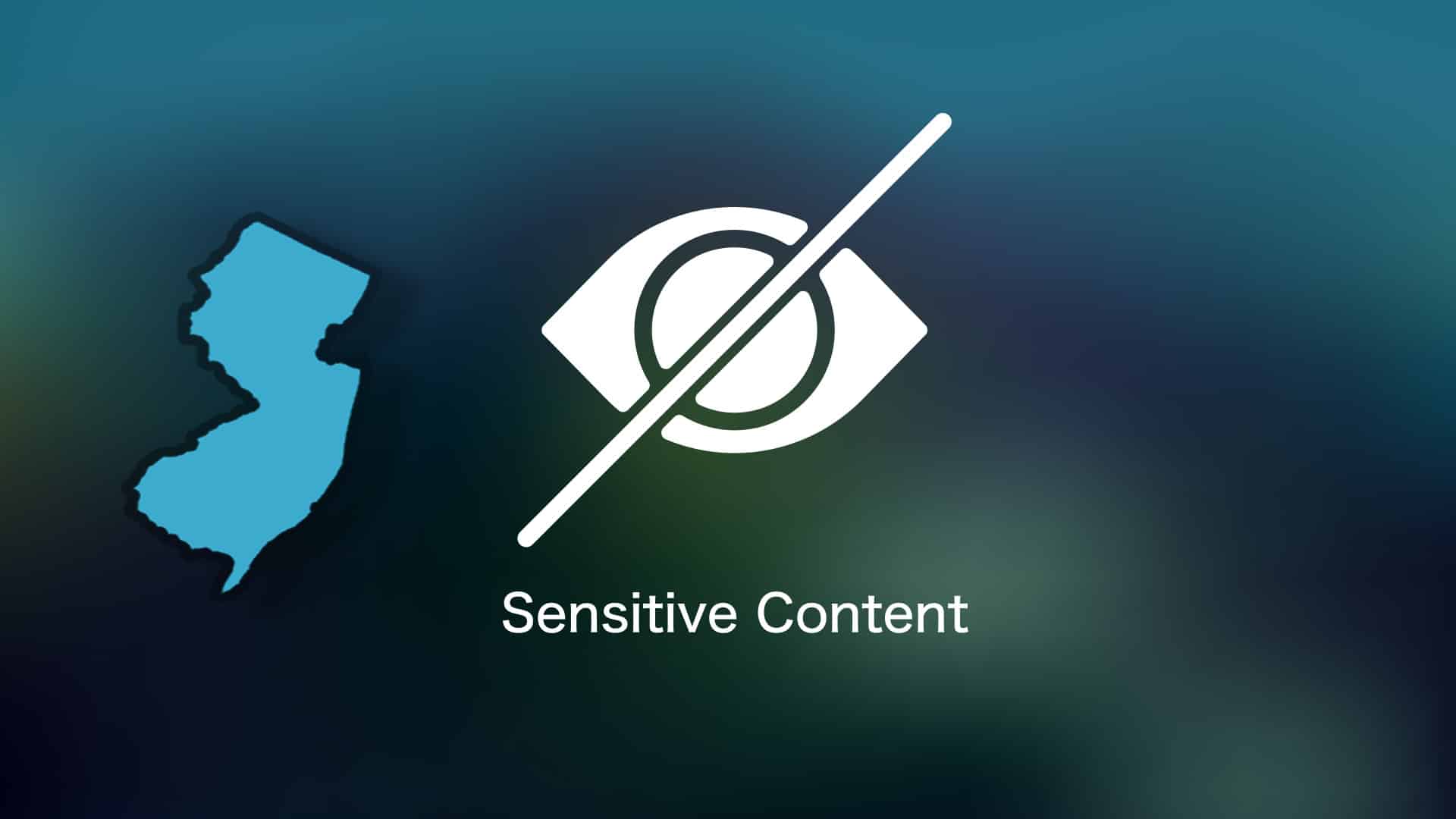SXE with Animals Ethical and Psychological Implications
SXE with animals, a term encompassing a range of human-animal interactions, raises significant ethical and psychological concerns. This disturbing trend, manifesting in various online and offline contexts, necessitates a thorough examination of its implications for both animal welfare and human behavior. The diverse interpretations of “SXE with animals” and the varied ways it’s used online highlight the complexity of this issue, demanding a nuanced understanding of its multifaceted nature.
We delve into the ethical considerations, psychological motivations, and the potential legal ramifications associated with the creation and distribution of such content.
This exploration will analyze the different types of content associated with “SXE with animals,” categorizing them based on severity and frequency. We will investigate the potential physical and psychological harm inflicted upon animals, exploring the long-term effects on their well-being. Furthermore, the psychological impact on both perpetrators and viewers will be examined, comparing it to other forms of exploitative content.
Finally, we’ll discuss strategies for identifying and removing this harmful content from online platforms.
Understanding the Term “SXE with Animals”
The term “SXE with animals” refers to sexually explicit content involving animals. “SXE” in this context is shorthand for sexually explicit. The phrase encompasses a wide range of depictions, varying significantly in the nature and level of animal interaction.
Defining “SXE” in the Context of Animal Interactions
In the context of animal interactions, “SXE” refers to any content that depicts animals in a sexual manner, whether explicitly or implicitly. This includes acts of sexual violence, exploitation, or any form of sexual contact between humans and animals, or between animals themselves, that is presented in a sexually suggestive way.
Potential Interpretations of “SXE with Animals”
The phrase “SXE with animals” can be interpreted in several ways, depending on the context and the specific content being referred to. It can range from suggestive imagery to explicit depictions of animal abuse and sexual violence. The ambiguity of the term necessitates careful consideration of its various implications.
Online Presence and Usage of the Term
The term and related content may appear on various online platforms, often hidden within encrypted or password-protected forums, or through coded language to evade detection. The use of the term can vary significantly depending on the platform and community, ranging from subtle references to explicit descriptions.
Ethical Considerations
The creation and distribution of “SXE with animals” content raise serious ethical concerns regarding animal welfare and the potential for harm.
Ethical Implications of Human-Animal Interactions
The ethical implications are profound. Animals cannot consent to sexual acts, and any interaction depicted in such content constitutes animal abuse and exploitation. This is a violation of their inherent right to be free from harm and suffering.
Perspectives on Animal Welfare
While there is widespread condemnation of animal cruelty, some individuals may attempt to justify such content through distorted interpretations of animal behavior or by denying the sentience and capacity for suffering in animals. These justifications are ethically indefensible.
Legal Ramifications
The creation and distribution of “SXE with animals” content is illegal in many jurisdictions. Laws prohibiting animal cruelty and the production and distribution of obscene materials apply. Penalties can range from fines to imprisonment.
Content Analysis: Types of Depictions: Sxe With Animals
The content associated with “SXE with animals” varies significantly in its nature and severity. The following table categorizes common depictions.
| Category | Description | Frequency (Estimated) | Ethical Concerns |
|---|---|---|---|
| Explicit Sexual Acts | Direct depictions of sexual acts involving animals. | High | Severe animal abuse, trauma, and potential injury. |
| Suggestive Imagery | Images or videos that hint at sexual activity with animals. | High | Normalization of animal sexualization, contributing to a culture of abuse. |
| Simulated Sexual Acts | Depictions of animals in positions or scenarios that suggest sexual activity. | Moderate | Still constitutes objectification and potential psychological harm to animals. |
| Non-consensual Contact | Depictions of forced physical contact of a sexual nature. | High | Severe animal abuse, potential for physical injury and psychological trauma. |
Visual and Textual Elements, Sxe with animals
Visual elements often involve close-up shots, focusing on specific body parts. Textual elements may include descriptions of sexual acts, fetishization of animals, and justifications for the depicted actions. The overall tone is frequently exploitative and dehumanizing.
Examples of Depicted Scenarios

Scenarios range from subtle suggestive poses to graphic depictions of sexual violence. The level of animal interaction and potential harm varies greatly, but all forms contribute to the normalization and perpetuation of animal abuse.
Psychological Aspects
The creation and consumption of “SXE with animals” content involve complex psychological factors.
Motivations Behind Creation and Consumption
Motivations for creation may include sadism, power dynamics, and a desire to exploit vulnerable beings. Consumption may be driven by curiosity, arousal, or a desensitization to violence against animals. Underlying psychological issues may also play a role.
Psychological Effects on Individuals
Creators may experience a reinforcement of harmful behaviors and a potential escalation of cruelty. Consumers may experience desensitization to animal abuse, potentially leading to increased tolerance of violence in general.
Comparison with Other Forms of Exploitative Content

The psychological impact shares similarities with other forms of exploitative content, such as child sexual abuse material (CSAM). Both involve the exploitation of vulnerable beings and contribute to a culture of violence and abuse.
Do not overlook the opportunity to discover more about the subject of craigslist fairfield ct for sale.
Online Presence and Distribution
This type of content is often shared through clandestine channels to avoid detection and legal repercussions.
Online Platforms and Communities
Dark web forums, encrypted messaging apps, and peer-to-peer file-sharing networks are frequently used. These platforms offer a degree of anonymity and facilitate the spread of illegal content.
Methods of Sharing and Distribution
- Encrypted email
- Peer-to-peer file sharing
- Hidden forums and online communities
- Cloud storage services (often with enhanced security measures)
Strategy for Content Removal
A multi-pronged approach is needed, involving collaboration between law enforcement, online platforms, and technology companies. This includes proactive monitoring, advanced detection algorithms, and improved reporting mechanisms.
Impact on Animals
The creation of “SXE with animals” content inflicts significant physical and psychological harm on animals.
Physical and Psychological Harm
Animals can suffer physical injuries, including internal bleeding, broken bones, and infections. The psychological trauma can be profound, leading to fear, anxiety, and behavioral changes. The long-term effects can be devastating, impacting their ability to trust humans and thrive.
Differential Impact on Animal Species
Different species may react differently to abuse. Some animals may exhibit more overt signs of distress, while others may become withdrawn and apathetic. The specific vulnerabilities of each species need to be considered.
Long-Term Effects on Animal Welfare
The long-term effects can include chronic stress, behavioral problems, and impaired reproductive health. The trauma can be irreversible, leading to a significantly diminished quality of life for the affected animals.
Illustrative Examples (Without Images)
The following examples depict hypothetical scenarios, highlighting the potential harm inflicted on animals.
Hypothetical Scenario: Dog
A large dog is forced into a sexual act against its will. Its whimpers and attempts to escape are ignored. The dog exhibits signs of distress, including panting, trembling, and cowering. Bruising and abrasions are visible on its body. The dog later displays signs of fear and aggression, even towards its owner.
Hypothetical Scenario: Cat
A cat is restrained and subjected to unwanted physical contact. Its fur is matted, and it exhibits signs of extreme fear, including dilated pupils, flattened ears, and hissing. It attempts to claw and bite in self-defense, but its efforts are futile. The cat subsequently displays signs of withdrawal, refusing food and avoiding human contact.
Hypothetical Scenario: Bird
A small bird is handled roughly and forced into a position that causes it significant distress. Its wings are injured, and it exhibits signs of trauma, including frantic flapping and panicked vocalizations. The bird is unable to fly properly and displays chronic fear, even in the absence of any further interaction.
The disturbing reality of “SXE with animals” necessitates a multi-pronged approach. Addressing this issue requires a combination of legal action, increased online monitoring, and public awareness campaigns to combat the creation and distribution of this harmful content. Understanding the psychological drivers behind this behavior and the devastating impact on animal welfare is crucial in developing effective strategies for prevention and intervention.
The ethical implications are profound, demanding a collective effort to protect animals and prevent further exploitation.







